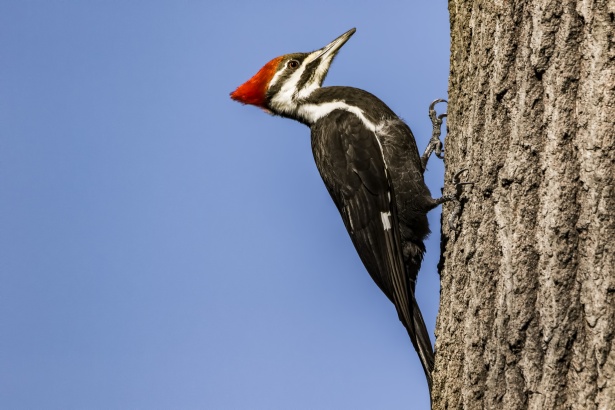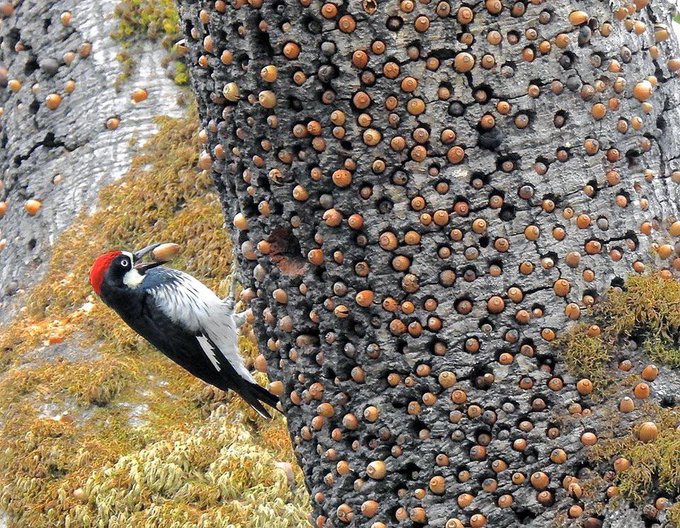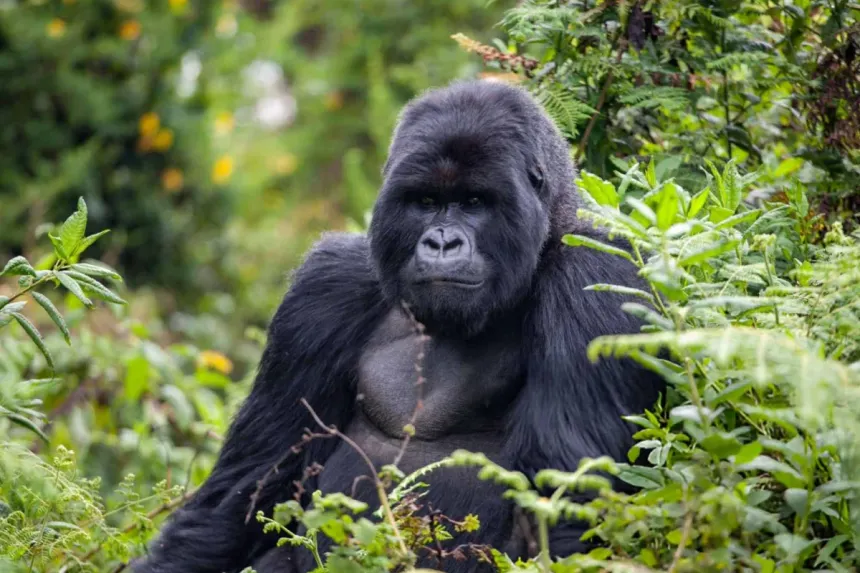Fascinating Facts About Woodpeckers Pecking.

- They can peck up to 20 times per second
Woodpeckers are rapid peckers, drumming on trees at lightning speed — as fast as 20 pecks per second and up to 12,000 times a day. - Their pecking isn’t just for food
Woodpeckers peck for multiple reasons:- To find insects or larvae under bark
- To excavate nests
- To mark territory
- To attract mates with loud drumming sounds
- They don’t get brain damage
Despite the intense impact, woodpeckers have evolved shock-absorbing skulls, including:- A spongy bone structure at the front of the skull
- Minimal cerebrospinal fluid to reduce brain movement
- A third inner eyelid to prevent the eyeball from popping out
- Their tongues are incredibly long
Some woodpecker species have tongues that can extend up to 4 inches (10 cm) past their beak. The tongue wraps around the skull when not in use and is coated in sticky saliva to catch insects. - Beaks stay sharp and durable
Their beaks are made of keratin, with the upper and lower halves wearing down evenly during constant use — staying sharp like natural chisels. - Each species has a unique drumming pattern
Just like a bird song, a woodpecker’s drumming rhythm is unique to its species — helping to identify itself and locate mates or rivals. - They choose trees wisely
Woodpeckers prefer dead or decaying trees for easier excavation and better insect hunting, though some species may drum on metal, wood siding, or utility poles for louder sounds. - Nesting cavities are reused by other animals
Once a woodpecker abandons its hole, owls, bats, and other birds often move in — making woodpeckers important for forest ecosystems. - They have strong neck muscles
Woodpeckers have well-developed neck muscles that support repeated, powerful pecking while maintaining control and precision. - Some species use their pecking defensively
Larger species like the pileated woodpecker can use their beaks to strike predators or intruders if threatened.

🐦 Summary
Woodpeckers’ pecking behavior is a brilliant evolutionary adaptation — combining anatomical, neurological, and behavioral traits that allow them to thrive. From courtship to feeding and territory defense, each knock on wood is part of a complex life strategy.
Would you like an illustrated guide or images of woodpeckers in action?



